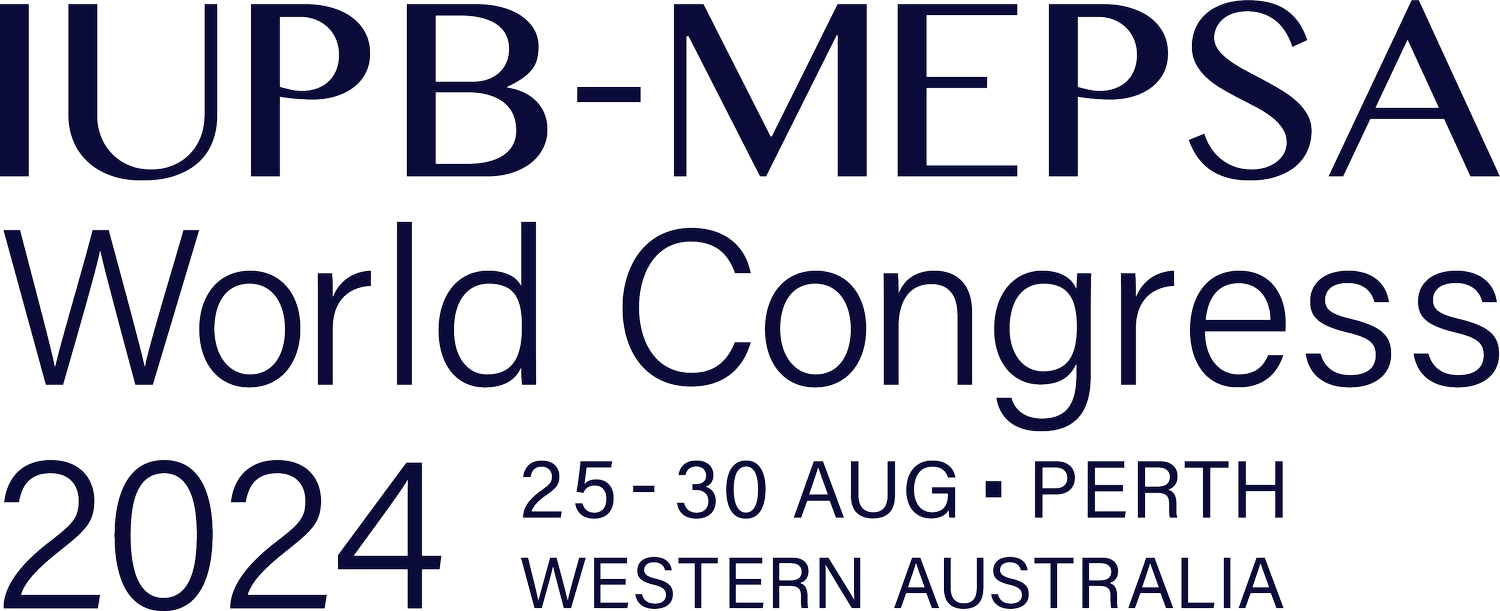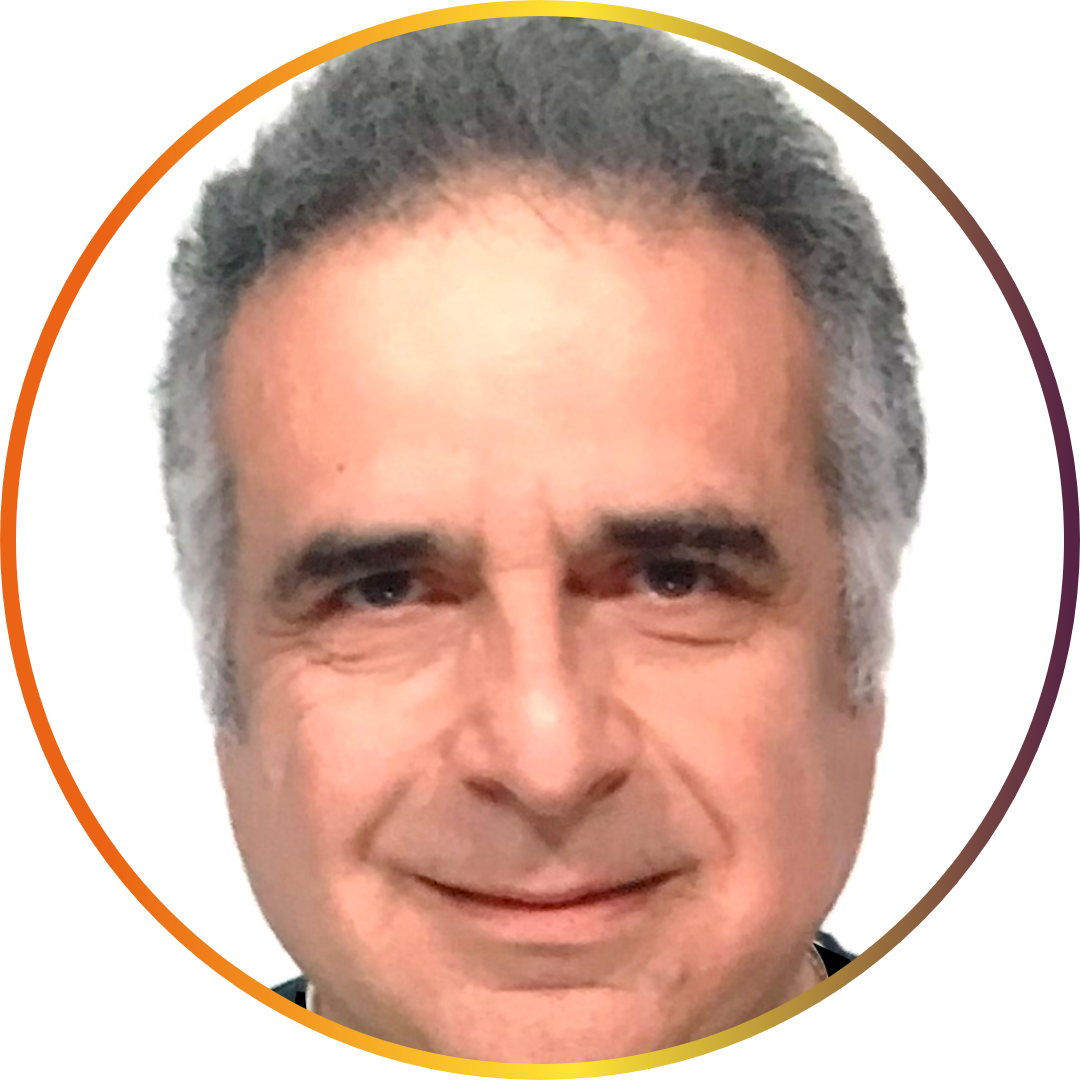Professor Massimo Olivucci
Massimo Olivucci is professor of Organic Chemistry at the University of Siena, Italy and Research Professor of Computational Chemistry at the Centre for Photochemical Sciences, Bowling Green State University, USA. He authored over 290 research papers. His work focuses on the investigation of organic and bio-organic reactivity using theoretical and computational methods. The most recent results are related to two research lines: the investigation of light energy conversion in biological photoreceptors and the design of biomimetic photo-driven molecular switches and motors. The programming and implementation of fully automated hybrid quantum-mechanics/molecular-mechanics computational methodologies are also part of his work.
Massimo Olivucci has contributed to establish the presently expanding fields of computational photochemistry and photobiology. Two sets of results have attracted the interest of the scientific community, junior scientists and students. Early results (1990's) helped to establish that light-triggered chemical reactions are commonly controlled by transient molecular structures, namely “funnels” called conical intersections. This discovery created a new branch of theoretical photochemistry and changed the way in which photochemical reactions are understood and novel light-responsive molecules are designed. These same results also contributed to rationalize the observations made in the field of transient spectroscopy revealing that many photochemical reactions occur on ultrafast time-scale (10-15-10-12 sec). A second set of results were published in the first decade of 2000, after his research group shifted to photobiology and applied the new ideas of theoretical photochemistry to biomolecules. The central role played by conical intersections in determining the function of different biological chromophores and of the corresponding photoreceptor proteins was demonstrated. These results included a first-principle demonstration of the light-triggered photoreaction of the mammal visual pigment rhodopsin accomplished by using advanced quantum chemical modeling techniques. During these years Massimo Olivucci started his long standing, fruitful and continuing collaboration with Nicolas Ferré; presently a faculty at the Aix-Marseille Université. The computational methods developed through such collaboration are being intensively exploited for both the investigation of biological photoreceptors and, most recently, for the design of novel light-responsive biomimetic molecular switches and motors led to results also reported in the Science Magazine and Nature Chemistry.
These and other scientific achievements have been recognized nationally and internationally with both generous funding, invitation to talk at international conferences and prizes. In 2010 he was awarded the Gold Medal "Angelo Mangini" for mechanistic organic chemistry by the Italian Chemical Society and in 2015 he became fellow of the Institute for Advanced Studies of the Université de Strasbourg, France. Former students and postdoctoral research assistants supervised by Massimo Olivucci have become faculties in several countries including France (Aix-Marseille U.), Spain (Rioja, Badajoz, Alcalà-Madrid, Barcelona), Poland (Wroclaw U. Sci. & Tech.), Italy (U. Siena, CNR Firenze), Israel (Hebrew U. Jerusalem), Russia (U. St. Petersburg), Denmark (Copenhagen), China (Beijing Normal U.), UK (Cancer Research UK London) and the United States (GSU, UNC, UVU).

